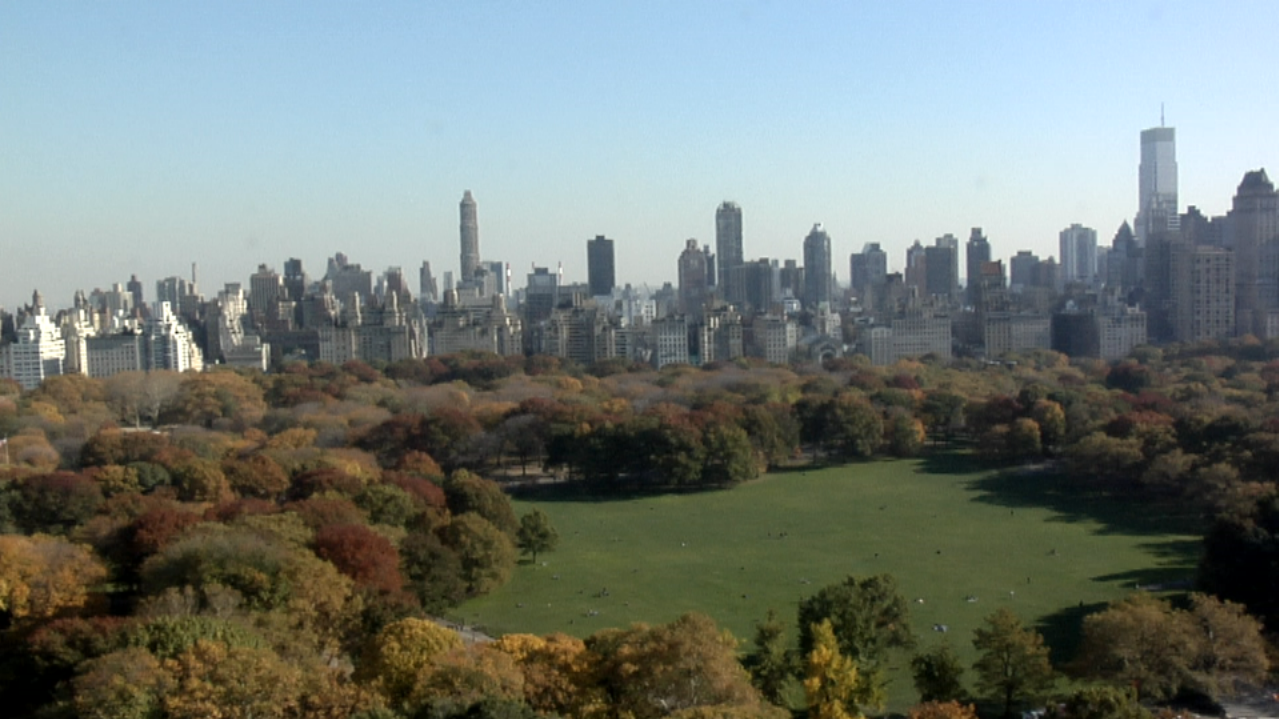Introduction
As of 2013, the model of a public-private partnership (PPP) to fund public parks was more than 30 years old. Since the 1980 creation in New York City of the groundbreaking Central Park Conservancy (CPC), the model had been adapted, advanced and imitated across the country and around the world. New York was one of the most avid users of PPPs to restore and maintain green space. As Mayor Michael Bloomberg prepared to step down after three terms, the city’s 29,000-acre park system included such gems as the High Line, Governors Island and Brooklyn Bridge Park. Public parks occupied fully 14 percent of the city’s acreage. At $5 billion, the Bloomberg administration had invested heavily in parks. But private advocacy and donations had proven essential in restoring and maintaining public open space.

An aerial view of Central Park.
The nature of the public-private partnerships varied. The Central Park Conservancy was started by neighbors who wanted to restore its 843 acres, hewing closely to the original mid-19 th century design. In 1998, the Conservancy signed a formal management agreement with the city. By 2013, it was a 325-person professional organization with a $45 million budget and a $183 million endowment. Since its inception, the Conservancy had raised roughly $700 million in private funds. The park logged over 40 million visitors a year in 2013, up from 12 million in the early 1980s. Another private group, Friends of the High Line , presided over the nearly complete greening of a disused elevated freight line downtown. The popular linear park, which opened in 2009, drew 4.5 million visitors in 2012 and had accelerated a wave of high-end development in Chelsea and the West Village.
But with all the successes, questions had started to emerge about how widely applicable the PPP model was for the maintenance of public land. The Parks and Recreation Department budget was chronically tight. A majority of the city’s 1,900 parks and playgrounds lacked adequate funds for operations and maintenance. From 2008-12, the department had been forced to reduce staff 40 percent, mostly in operations and maintenance. Parks in wealthy neighborhoods had derived enormous benefits from public-private partnerships, but what were the prospects for those in poorer areas?
Policymakers and planners faced some choices. Did private funding for public parks work only in affluent districts? What could public managers learn from the Central Park Conservancy and High Line success stories about the ingredients for an effective PPP? Could those conditions be widely replicated? What about maintenance and operation costs? Were private dollars giving politicians an excuse to ignore government’s obligation to maintain public green space? What were the necessary elements of a successful public-private partnership for parks?